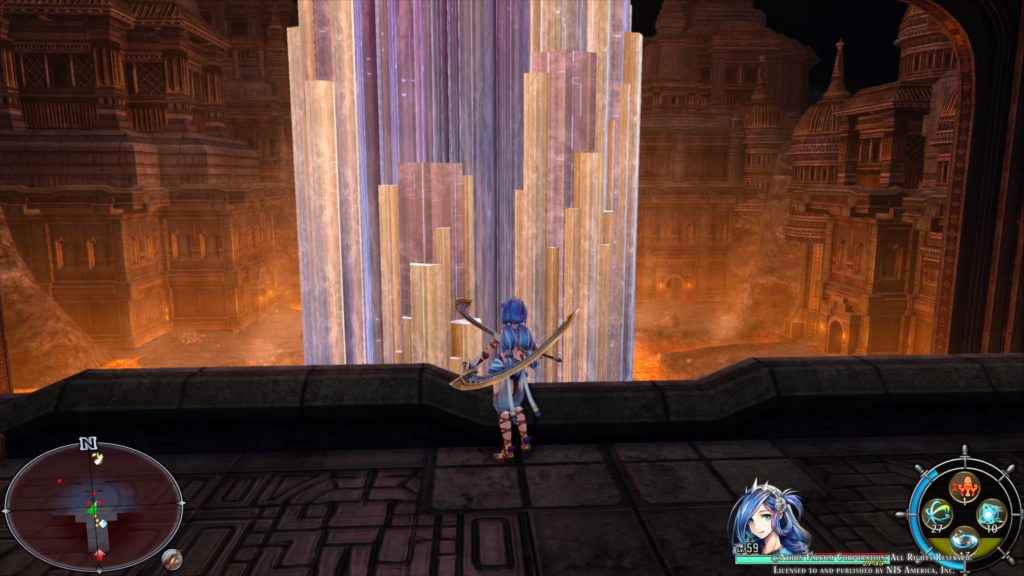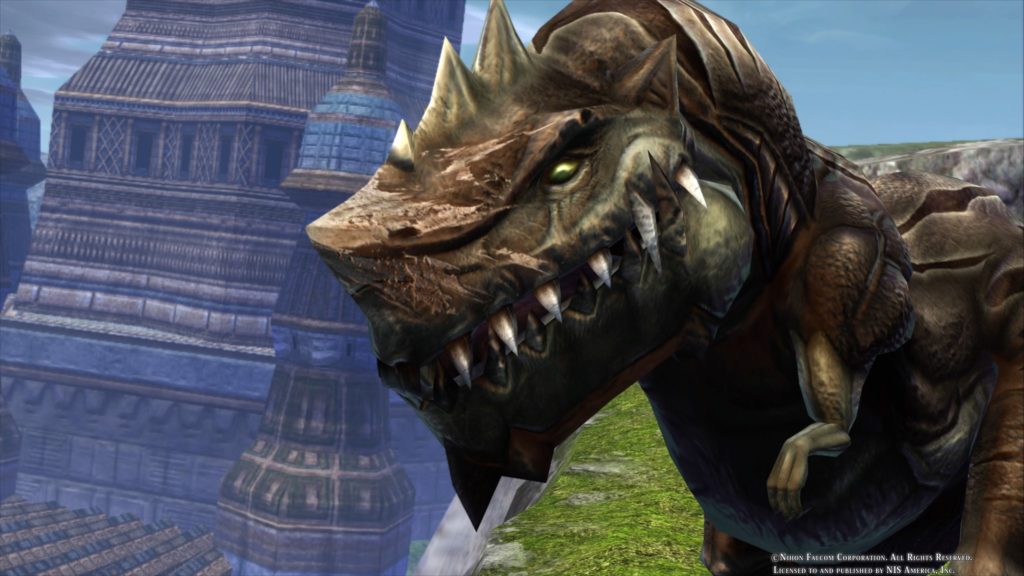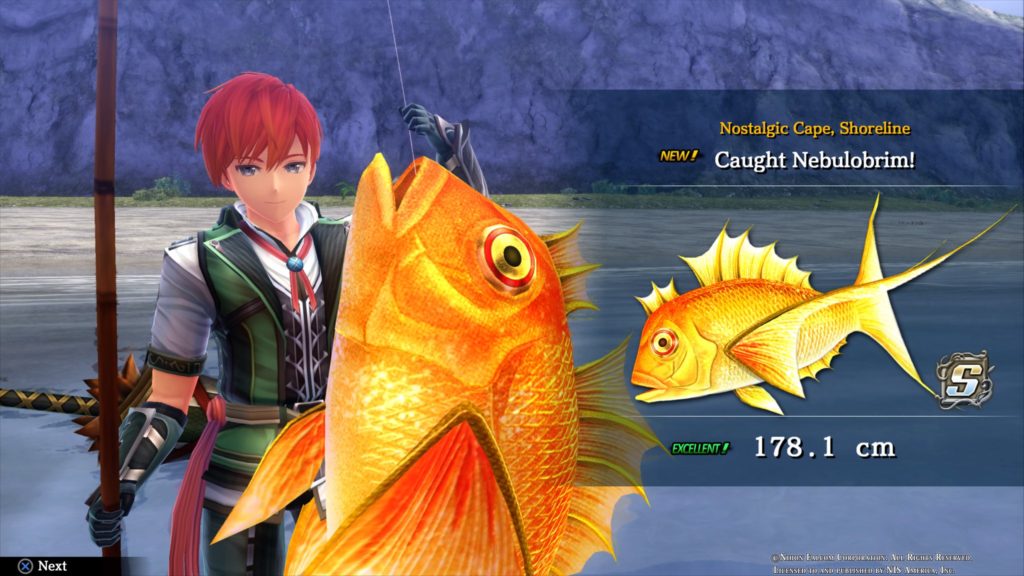- Genre: Action RPG
- Platform: PS4
- Also Available On: PC, Switch summer 2021 as of this post
The last time I visited the Ys series, I found an action RPG with a lot to like. Fast fluid combat was really the leading winner, but the rest of the game did its job well enough to keep me engaged. Ys IX is much the same. There’s some new wrinkles as to how the game’s world unfolds, but the combat is still as fast and fun as ever.
After my shelving of Assassin’s Creed Valhalla, I really needed something fast. Ys IX is definitely fast. If there’s any description I could give to someone that doesn’t know the series, it’s that it feels like the Sonic of RPGs. Movement is fast, combat is fast, things die fast, reactions happen fast. This game grabs you by the arm, drags you along, and doesn’t let up until you’re done. It was exactly what I needed.
Combat is largely the same as in past games, but it works so well. Your core moves are some direct melee attacks and AoE skills bound to face buttons. You’ve got parry and dodge on your shoulders. Timing either of those to an enemy attack gives you benefits (crit, regen, etc) that make it absolutely worth getting it right. For the most part that’s about it. Some enemies have weaknesses to specific weapons, but you can get by without really taking advantage of that.
It sounds pretty simple at face value, and to some extent it is. However, it’s largely necessary. Because of the speed of the action, that’s about as much as you can really balance at one time. You don’t really have the luxury of down time to plan out your moves or try to do anything complex. You’re watching for enemy tells so you can hit your defensive moves then hitting as many attacks as you can between that. On the attack side you’re going back and forth between skills that use resources and basic attacks that generate resources. That back and forth becomes your main combat rhythm, and timing your skill dumps with the enemy being stunned is the min/max setup that I really went after.
The rest of the game is pretty standard fare. Like Ys VII, the story isn’t the best ever but gets the job done. What ends up really being the thing to push you forward are all of the little gearing systems around. You can get through the game with just the base equipment, but there’s also a ton of potential in using the gear vendors to upgrade or craft new things. That leads you into wanting to open new areas for new crafting items, which leads you into exploring the map, which leads you into getting a bunch of cool loot. It’s a really tight loop, but there’s enough there to really push you to hit everything, rather than skipping content.
The gating of all of that is probably the most interesting mechanic. The world of Ys IX is basically gated behind barriers that can only be unlocked by battling monsters in-town or doing side quests. Getting to certain thresholds open up portals to the Grimwald Nox. Fights within this aren’t just your normal party – it’s every single character you have available, backed by additional support characters that you unlock along the way. These fights are absolute hilarious chaos, which is fun on its own. However, the fact that you can use characters unlocked via side quests gives you an additional reason to push for completion in a way that’s not grindy, but instead still a lot of fun.
Ys IX is a lot like the Tales of series for me. They aren’t the best games ever. They definitely have some rough edges. However, they are always fun. It’s the type of game that I know I can fall into if I’m looking to get past a game that bored me, and this was absolutely the case here. This was another entry with exciting, fast combat backed by enough of a story and good world systems to push me to easy completion, and with a much higher percentage of content finished than I typically would try to get through. It also got me past a wall of some amount of boredom that I got stuck in playing Sackboy and Valhalla. In that way it was the perfect refresher for me, but still one that I think I’d recommend at face value.




